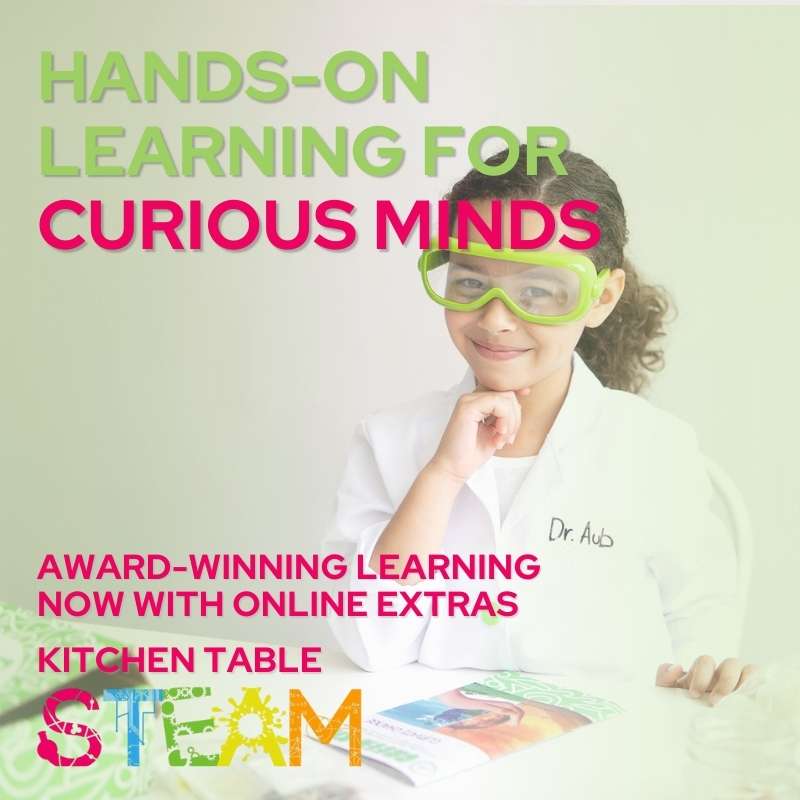Today is World CP Day. You may ask, what is CP? For those who do not know Cerebral palsy is the most common childhood physical disability (affecting an average of one in every 500 people). There are over 17 million people living with CP, tens of millions of family members devoting their lives to the care of their loved ones, and tens of thousands of doctors and therapists involved in the
diagnosis and treatment of CP. Cerebral palsy (CP) is a neurological disorder that affects a person’s movements and muscle coordination. The severity and way a person is affected varies with each individual with CP. Different types affect different parts of the brain, therefor different symptoms and are affected differently.
Ataxic Cerebral Palsy is one type. It is a rare type and affects only 5-10% of people with CP. It is caused by damage to the cerebellum. Symptoms of this type include, walking with feet far apart, unsteady movements, tremors, and slow eye movements. Many people with ataxic CP also have feeding problems. Physical therapy is very important. Sometimes medicine may be prescribed to help with tremors.
Another type is Dyskinetic Athetoid CP/ This type is often noticed by its involuntary movements. This type is caused by damage to the basal ganglia of the brain. The 3 main symptoms are dystonia ( involuntary contractures of the muscles), athetosis (slow twitching movements), and chorea (irregular and involuntary movements). Pt and speech therapy are both very important in this type. Medicines may also help with muscle spasms.
A third type is hypertonic CP. This type is caused by damage to the cerebellum and is marked by extremely stiff muscles. Symptoms of this type may include: scissor walking, stiff movement, muscle spasms, and uncoordinated movements. Again with this type, PT is very important. Medicines may help with stiffness and spasms and in extreme cases surgery may be needed.
Then there is spastic diplegia (affecting arms and legs with legs usually being affected more) and spastic quadriplegia (affecting the enitre body and is the most severe). These types often cause the inability to walk, may cause seizures and may also cause loss of cognitive function. Usually OT,PT, and speech are all important. Medicines and surgery may also be used.
There are also many associated disorders that come along with CP including seizres, cognitive disability, feeding and digestive issues, respiratory issues and so much more. CP is a very complex disorder and brings a lot a long with it.
There is so much to CP that I didn't know until having a child with this disorder. I have learned that we all need to educate ourselves and each other. We need to get awareness out and cut down on bullying and those not understanding.
This is my CP hero. My baby boy is almost 5. You may not be able to tell looking at him, but yes he has CP, but CP doesn't have him!







No comments:
Post a Comment
Thank you for commenting